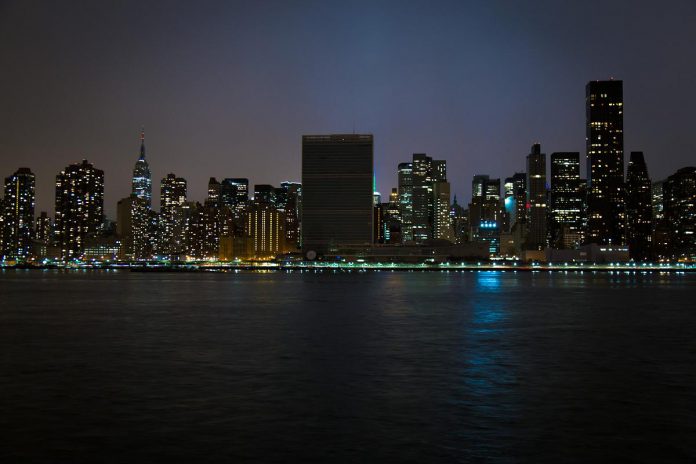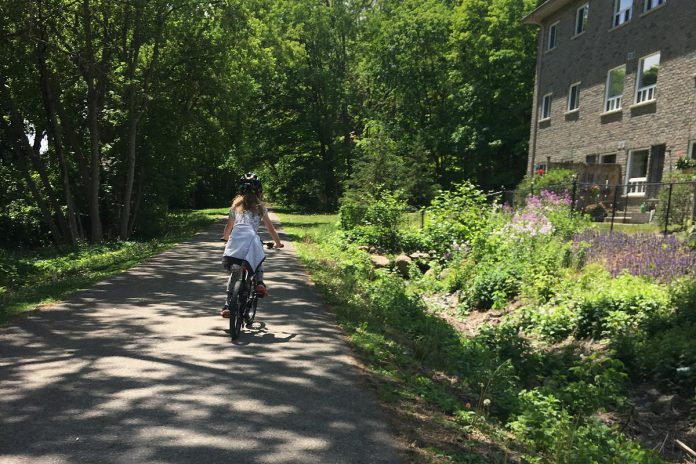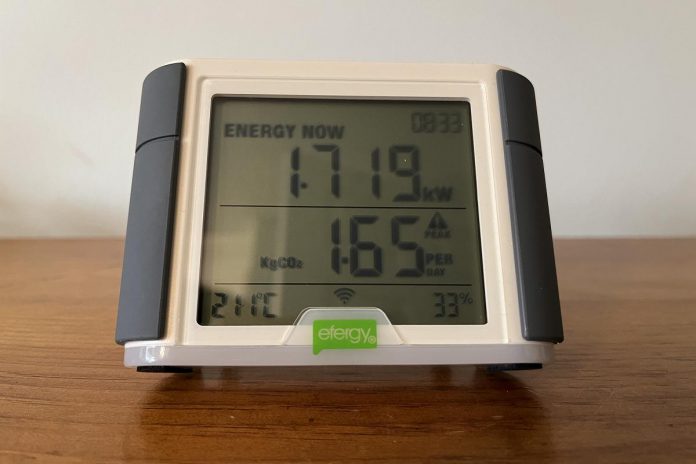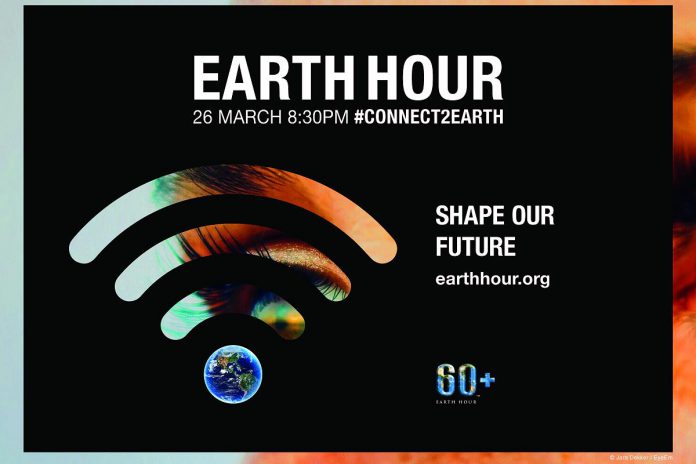
Earth Hour, which takes place this Saturday (March 26), happens from 8:30 to 9:30 p.m. on the last Saturday in March every year. It began in 2007 as a symbolic lights-out event to raise awareness for climate change and unsustainable resource consumption.
For some people, this event raises questions. Why only one hour? Why the focus on turning out the lights?
These questions can be an opportunity to discuss common psychological barriers to climate action. According to Robert Gifford, professor of psychology and environmental studies at the University of Victoria, there are two kinds of barriers to taking climate action: structural and psychological.
Structural barriers are things like a lack of good public transit, a lack of walkable and accessible infrastructure, and a lack of protected bike lanes. The result of these structural barriers is that we tend to rely on cars and continue to prioritize cars when building new infrastructure. Overcoming these structural barriers often requires coordinated action from multiple government and industry stakeholders.
The second kind of barrier to climate action is psychological. Gifford has identified 40 of these psychological barriers, calling them the “Dragons of Inaction.” Unlike some structural barriers, these psychological barriers are largely within our power to control as individuals.
Let’s look at two examples of these psychological barriers in the context of celebrating Earth Hour.
Perceived self-efficacy

One common critique of Earth Hour is that it is only one hour once a year. Turning out the lights for just 60 minutes isn’t significant enough when we’re talking about reducing carbon emissions and habitat destruction on a global scale.
Perceived self-efficacy is one of these psychological barriers or Dragons of Inaction. This dragon says, “Climate change is a huge, global issue. That’s too small to have any noticeable impact on the world. There is no point bothering with Earth Hour.”
Perceived self-efficacy is the most dangerous Dragon of Inaction. Overcoming this dragon requires that you take responsibility for your own contributions to climate change. No one else can take that responsibility. Only you can do that for yourself, just as only I can take responsibility for my own contributions.
Alternatively, you could succumb to this dragon by denying your responsibility and continuing to be part of the problem.
As Canadians, we have a greater responsibility per person to reduce our individual impacts than individuals in many other countries. Canada, Australia, and the U.S.A. are collectively responsible for nearly 20 per cent of global greenhouse gas emissions.
“That is a massive climate impact for only three countries that make up about five per cent of the world’s population,” as Dr. Brett Favaro points out in his book The Carbon Code.

Note there is no such thing as an average individual. There are dramatic inequalities both globally and locally. The most vulnerable will suffer the most severe outcomes of climate change and yet have the least capacity to take climate action.
Do not let this dragon make you feel too small to make a difference. A journey of a 1,000 kilometres starts with just one step. Transformational environmental awareness and legislative change start with individual actions as part of movements like Earth Hour. Your actions reduce your impact and contribute to collective change.
Learn more about how you can participate by visiting www.earthhour.org.
The rebound effect
Another concern about events like Earth Hour is that our participation in them may rationalize or justify rebounding into excessively wasteful behaviours for the rest of the year. This Dragon of Inaction is called the rebound effect.
This dragon suggests, for example, that because you have a more fuel-efficient car, you can drive more than people without such fuel-efficient cars — even to the point where your driving is causing more environmental damage than those with less fuel-efficient cars.
To fight this dragon, we need only keep ourselves aware of our impacts and continue to measure our impacts in ways that matter.

Let’s compare two households, one in Ontario and one in Alberta, each weighing the impact of their efforts to reduce electricity usage not only for Earth Hour but also year-round.
For the household in Ontario, they know that about six to 10 per cent of their electricity comes from burning fossil fuels (mostly natural gas). According to a 2017 Energy Market Analysis by the Canada Energy Regulator, the average Ontario household can stop about 40 grams of greenhouse gas emissions for every kilowatt hour of electricity they reduce.
For the household in Alberta, they know their electrical grid depends on about 43 per cent coal and 49 per cent natural gas. The average household in Alberta can stop about 790 grams of greenhouse gas emissions for every kilowatt hour of electricity they reduce.
In this comparison, the rebound effect might trick you into thinking you can use as much electricity in Ontario as you wish, because our grid is so much cleaner when compared to Alberta’s grid.
On the contrary, we have a shocking (pun intended) amount of work to do in Ontario. That six to 10 per cent of electricity generated from natural gas is shocking because it happens at times of peak demand, like when we all use air conditioners at the same time of day in the summer, or when we all start making dinner or turning on clothes dryers at the same time.
Another shocking thing about that six to 10 per cent is the plan for addressing increased electricity demand in the future. We need to transition home heating off fossil fuels and onto electricity.
Heating our buildings is currently the largest source of greenhouse gas emissions in the Peterborough area. That transition is essential to meeting our 2030 emissions reductions targets, and it will increase demand for electricity.

The current plan to address that increase in demand seems to involve tripling natural gas use instead of reducing emissions and improving capacity to produce energy from renewables like hydro, wind, and solar.
All of this means that as residents in Ontario we cannot be defeated by the rebound effect even though our electrical grid is cleaner than some. We need to keep finding ways to be more efficient in our energy use where we can, while also pressuring the government to increase electrical production and protect habitat integrity and reduce emissions.
Dragons of Inaction like perceived self-efficacy and the rebound effect make great subjects for dinner table conversations and personal reflections. As you mark Earth Hour, I invite you to introduce yourself to some of these dragons by visiting dragonsofinaction.com



























